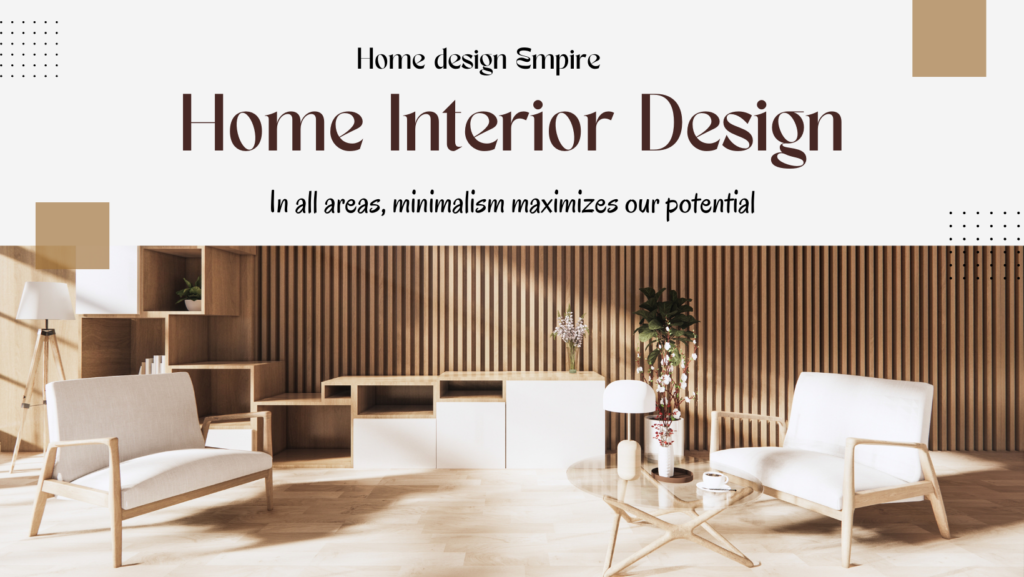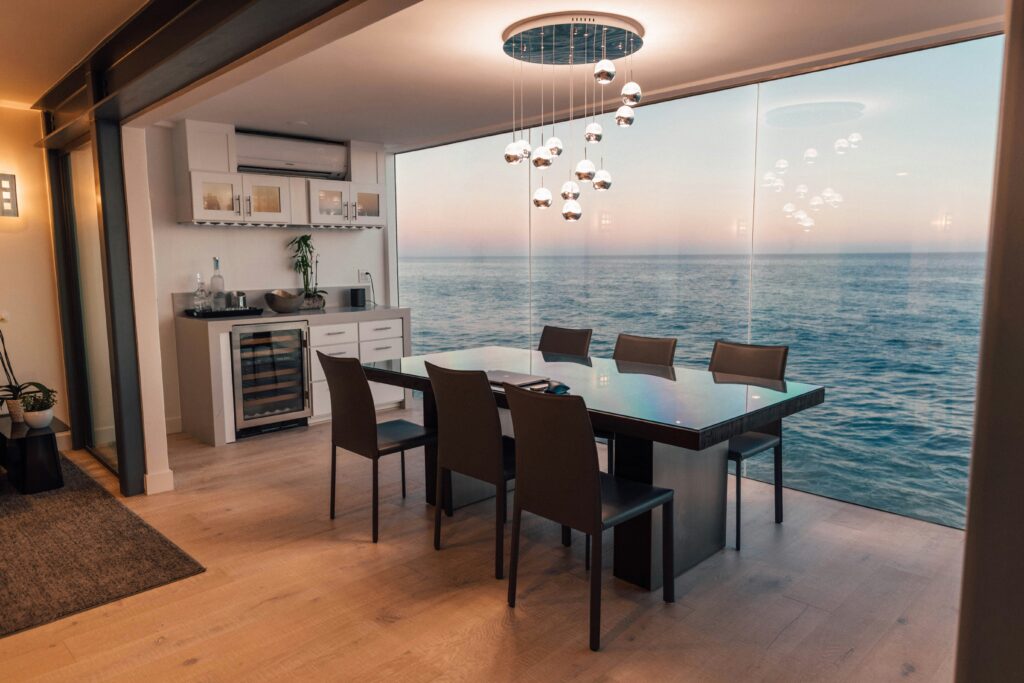Reach your full potential with our comprehensive online interior design course. Enroll today to earn a certificate and master essential design skills for your career!
Discover the Best Interior Decoration & Design Courses
Samantha looked at her client’s old living room, unsure how to mix style and safety rules. She loved interior design and had tried DIY blogs and online guides. But, clients wanted to see her skills.
A friend suggested IDEC’s interior design course. It mixed tech skills with real projects. Samantha learned AutoCAD, color theory, and got a certificate in interior design. Now, her business is growing thanks to her education.
Do you want to learn interior decoration and design courses online or in a studio? The right program combines creativity with practical skills. From online interior design course sites like Domus Academy to traditional design courses at Parsons School of Design, these programs teach the professional interior skills you need. Each class, project, and certification helps build a strong career in design.
Best Interior Design Courses & Certificates 2025
- Quality interior design education mixes art with technical skills like spatial planning and material science.
- Interior decoration and design courses lead to credentials like the NCIDQ certification.
- Hybrid design courses offer flexibility, combining online and in-person learning.
- Certificates in interior design prove your skills to clients and employers in tough markets.
- Top programs include projects to build your portfolio and show your skills to employers.
The Growing Importance of Interior Design Education
The interior design world is changing fast. Now, people want more than just good looks in their homes. They want spaces that are safe, work well, and follow the latest trends. This is why getting a degree in interior design is key for those starting their careers.
Why Professional Training Matters in Today’s Design Industry
Today, employers look for people with design degrees. A 2023 study by the National Kitchen & Bath Association showed 78% of companies want certified designers. This training teaches important skills like following building codes and managing projects.
The Evolution of Interior Design as a Discipline
Interior design has grown from just being about looks to include technology and green living. Schools now teach about 3D modeling, eco-friendly materials, and designing for everyone. This keeps graduates up-to-date with what the industry needs.
How Formal Education Enhances Creative Talent
While being creative is important, education turns that into a real career. Programs teach:
- Technical skills like spatial planning and material selection
- Business practices for starting a career in interior design
- Industry standards for client collaboration
Without this education, even the most talented people might find it hard to make their ideas work in the real world.

Types of Interior Decoration and Design Courses Available
Interior design education offers many paths to meet your career goals. You can choose from flexible options or specialized courses. These range from basic skills to advanced certifications:
- Certificate Programs: Short courses let you earn a certificate in 6–12 months. Online certificate programs focus on software tools or color theory.
- Associate Degrees: Two-year programs teach the basics like material selection and client communication. Many include hands-on projects.
- Bachelor’s Degrees: Four-year courses in interior design cover technical topics like building codes and project management. Graduates qualify for professional certifications.
- Online Courses: Design courses online provide flexibility. Enroll in specialized classes like eco-friendly decorating through Coursera or LinkedIn Learning.
- Workshops: Short-term sessions focus on trends like 3D modeling. Many count toward continuing education credits for certification renewal.
Interior decorating courses focus on looks, while full design programs include structural engineering basics. Online certificate programs often cost less than traditional degrees. To enroll in design courses online, you usually need to apply and submit a portfolio.
Essential Skills You’ll Develop Through Professional Training
Professional interior design education gives you a solid base in both technical and creative skills. You learn to mix beauty with function using tested methods. Students get to apply color theory to create certain moods and pick materials and finishes that are both durable and stylish. They also work on design concepts through real design projects, gaining hands-on experience.
Color Theory and Material Selection
Learning color theory means understanding how colors affect us. Courses use course materials to teach about matching materials, from furniture styles to finishes. Students learn to combine materials and finishes for a unified design concept, for homes or businesses.
Space Planning and Spatial Relationships
- Space planning modules teach how to arrange rooms for both efficiency and safety.
- Students learn about ergonomics to ensure spaces are functional and easy to move around.
- They work on projects that mimic real client needs, following building codes and accessibility rules.
Digital Design and Technical Proficiency
Technical training covers using tools like AutoCAD and 3ds Max for digital design. Students create detailed drawings, 3D models, and realistic images. These design projects are key to showing off their skills in both traditional and modern design.
Client Collaboration and Project Management
Working well with clients means turning their ideas into real plans. Courses teach how to handle budgets and schedules with tools like Trello or Asana. Students learn to present design concepts through mood boards, floor plans, and 3D models to win over clients.
“The best designers balance creativity with client needs—this skill is honed through structured education.” — ASID Professional Development Guide
From choosing furniture styles to finalizing materials and finishes, every part of the course helps you grow your skills. This all-around approach prepares graduates to handle big design projects with skill and precision.
Online vs. In-Person Learning: Choosing Your Ideal Format
Deciding between online interior design programs and traditional classrooms depends on your lifestyle and goals. Online platforms like Coursera and Domus Academy offer design courses online. They have flexible schedules, perfect for those with work or family commitments. Part-time learners get special access to course content through virtual labs and 3D modeling tools, allowing them to learn at their own pace.
Benefits of Virtual Learning Environments
- Online interior design courses let you study from anywhere, reducing commute time.
- Pre-recorded lectures and live workshops on digital design tools are available 24/7.
- Many online course providers include project feedback from industry mentors.
The Hands-On Value of Traditional Classroom Settings
In-person classes offer direct access to materials like fabric samples and scale models. Learners work on physical layouts and get instant feedback during studio sessions. As one professor noted,
“Hands-on practice in material selection and spatial layouts builds instincts no screen can replicate.”
Networking with peers and instructors is also a big plus of in-person programs.
Hybrid Programs That Offer the Best of Both Worlds
Hybrid courses are designed for modern learners. They mix online lectures with weekend workshops. For example, IDEXX’s blended curriculum includes virtual color theory modules paired with quarterly studio days. This format balances flexibility with hands-on skill development. Most programs offer part-time tracks for working professionals.
Think about what you value most: flexibility and cost with online courses, or hands-on experience and materials with in-person classes. Hybrid models offer a good mix for those who want both structure and convenience.

Certification and Credentials That Boost Your Design Career
Professional certifications make you stand out in interior design. A certificate shows you’ve finished a course. On the other hand, certification from big names proves you’re an expert. The NCIDQ certification, run by the Council for Interior Design Qualification, is a must in places like California and New York. It checks if you know about safety, following codes, and design basics.
“Certification isn’t optional—it’s a career accelerator,” says an industry professional. “Clients and employers prioritize certified designers for complex projects.”
- NCIDQ needs education, experience, and a test. It’s a must in 29 states.
- Groups like the Designer Society of America give special badges for green design or kitchen planning.
- Keeping your certifications up to date with new courses is key. It shows you’re current with trends.
In places like Florida and Texas, you need national council for interior design credentials to work. These certifications show you’re serious about learning and doing things right. Choose credentials that fit your area, like homes, offices, or green spaces. Every industry professional should pick certifications wisely.
Building a Professional Portfolio Through Coursework
For aspiring designers, a standout portfolio is key. It shows creativity and expertise. High-quality design projects from coursework are the base of this important tool. These projects often use real-world scenarios, helping students learn about design and furniture styles that employers want.
Project-Based Learning Opportunities
Coursework offers hands-on projects in various spaces. Students work on tasks like renovating old homes or designing green offices. They learn to adapt and master different styles, like mid-century modern or contemporary.
Creating Work That Attracts Clients
Choose projects that show your problem-solving and technical skills. Include before/after shots or 3D renderings of furniture. Employers look for portfolios that show you know about lighting, color, and space planning.
A 2023 survey by the International Interior Design Association found that portfolios with 10-15 diverse projects got 40% more job interviews.
Digital Portfolio Development Strategies
- Use platforms like Behance or Dribbble for professional hosting
- Create mobile-friendly website galleries with project descriptions
- Include process journals showing design evolution
“A portfolio isn’t just images—it’s a narrative of your creative journey,” says ASID educator Maria Chen.
Add client testimonials if you can, and make sure your branding is consistent. This careful selection turns your coursework into a valuable asset. It shows you’re ready for the professional world.
Career Opportunities After Completing Your Design Education
Your interior design education opens doors to many roles. You can shape residential homes, corporate offices, and start your own business. See how your training leads to different career paths.
Residential Design Pathways
Residential designers create spaces that match their clients’ lifestyles. You can start by working with firms on family homes or luxury renovations. There are also roles in aging-in-place design and home staging to boost property sales.
Freelance designers charge $40–$75 an hour, based on their experience and the project’s size.
Commercial and Hospitality Design Careers
Commercial spaces like hotels, restaurants, and offices need designers who blend function with brand identity. In hospitality, you’ll need to know about ADA compliance and how to improve guest flow. Decorators often charge for their work, including project management and finding materials.
The healthcare sector grew by 12% in 2023, according to the International Interior Design Association.
Entrepreneurial Options for Interior Design Graduates
Starting your own interior design business lets you choose your path. You can specialize in sustainable furniture or smart home automation. Your business model can be hourly rates or flat-fee packages.
Building connections with contractors and real estate agencies helps get clients. Markets like eco-friendly commercial spaces or hospitality branding offer steady demand.
How to Evaluate and Select the Right Program for Your Goals
Choosing the right interior design program is a big decision. First, think about what you want to achieve. Do you want to focus on sustainable design or need flexibility in online interior design? Look at the program’s accreditation and what it covers.
Many schools offer interior design online options. They have 2025 enrollment deadlines coming up.
- Check if the course is priced within your budget and what the certificate provides in terms of career support.
- Ask your advisor to review your draft schedule for conflicts.
- Read faqs or visit frequently asked questions pages to understand enrollment timelines.
“A strong program aligns with both your creative vision and practical needs. Ask: Does this program prepare me for real-world challenges?” – Professional Design Educator
Make a checklist to compare programs. Does the curriculum include industry software? Are alumni placement rates clear? For online interior design, check tech needs and instructor availability.
If you’re unsure, contact the school via contact us to talk about enrollment. Look at job placement rates and client project chances. Sustainable design might need special certifications—check if the program offers them. Deadlines for 2025 sessions are different, so mark important dates.
Remember, the right program helps you turn your passion into a career.
Investment and Returns: Understanding Course Costs and Value
When you pick an interior design course, you look at the total cost. This includes fees, a registration fee, and costs for materials and finishes. Some courses list material costs upfront, while others let you buy them from specific suppliers.
The price of the course depends on its accreditation, length, and if it includes hands-on workshops. By comparing these, you can see if the course is worth the money.
Tuition and Materials: What to Expect
Course fees can start at $500 for short online modules and go up to $15,000+ for in-depth in-person programs. The registration fee can range from $50 to $300, depending on the school. You might also need to pay for materials and finishes, like software, tools, and fabrics, which can cost $200–$1,000 a year.
Many schools give you a list of materials you’ll need. This helps you plan your budget.
- Online courses often bundle course materials in tuition
- In-person programs may require purchasing professional-grade tools separately
- Money back guarantees apply to select online platforms for unopened courses
Financial Aid and Scholarship Opportunities
Scholarships can help lower the cost of tuition or materials. Some schools work with industry groups to offer grants to underrepresented students. Payment plans can split the cost into smaller, easier-to-manage payments.
Employers might even cover the registration fee if the course is related to your job. Check if the course materials are included or if you can buy them through partnerships with the school.
Long-Term ROI of Quality Design Education
“Interior designers earned a median $58,440 in 2022, with top earners exceeding $99,500,” according to the Bureau of Labor Statistics.
Certificates show you have the skills needed for better-paying jobs. Programs with strong connections to the industry can help you move up faster. Even though courses may be pricey, the Bureau of Labor Statistics predicts 3% job growth by 2032.
This means your education will likely pay off in the long run. Looking at the initial cost and future salary increases helps see the value of your education.
It’s important to have clear pricing and scholarship options. This makes sure everyone can get quality education without breaking the bank. By considering these factors, you can find a course that fits your budget and career goals.

Taking the First Step Toward Your Interior Design Future
The interior design world is growing fast, and 2025’s trends need skilled people. Getting an education in interior design is key to success. Programs like those at IDES Academy or Udemy’s online courses teach both technical skills and creativity.
These programs prepare you for jobs in homes and businesses. Now, you can choose from flexible learning options. Whether you’re working or starting a business, there’s a program for you.
Course content covers everything from using CAD software to managing clients. This ensures you’re ready for the job market. And, there are ways to make education affordable, like scholarships or payment plans.
Ready to start? Check out course catalogs or contact us to compare. Whether you want a career in interior design or your own business, education is the first step. Enroll now to lead in this exciting field.
FAQ
What types of interior design courses are available?
You can find many courses, like associate degrees and bachelor’s degrees. There are also master’s programs, certificate programs, and workshops. Each one is designed for different levels and goals, covering aesthetics, technical skills, and sustainable design.
How long does it take to complete an online interior design course?
The time it takes varies. Certificate programs usually take a few months. Degree programs can take two to four years. Online courses often let you learn at your own pace, making it easier to fit into your schedule.
What credentials do I need to become an interior designer?
Some states need formal certification. But, getting a certificate or degree really boosts your career. A recognized certification, like NCIDQ, proves your skills and knowledge, helping you stand out in the job market.
Are online interior design courses as effective as in-person programs?
Yes, online courses are just as good. They offer great materials, software access, and portfolio chances. But, you might miss hands-on learning and networking that classroom settings provide.
Can I work while pursuing my interior design education?
Many programs are made for part-time students. This lets you earn your degree while working. Online learning gives you the flexibility to set your own schedule, making it easier to balance work and school.
What skills will I develop through an interior design course?
You’ll learn important skills like color theory and space planning. You’ll also get to use digital tools and manage projects. These skills make you a versatile designer, ready to meet client needs and handle design challenges.
Does the interior design course include portfolio development?
Yes, most courses include project-based learning. This lets you build a professional portfolio. A strong portfolio is key to attracting clients and getting jobs, showing off your skills and creativity.
What kind of job opportunities are available after completing an interior design program?
You can explore many career paths, like residential or commercial design. You might even start your own business. The opportunities depend on your program, experience, and professional network.
What should I consider when selecting an interior design program?
Look at accreditation, faculty, and curriculum. Also, consider technology use and industry connections. Think about your learning style, schedule, and interests, like sustainable design or digital visualization.
How much can I expect to invest in my interior design education?
Costs vary by program and institution. You’ll also have to pay for materials, software, and fees. Look for financial aid, scholarships, and payment plans to help manage costs. It’s important to consider the total investment and the career benefits it offers.







Very good
Very good
Thank you